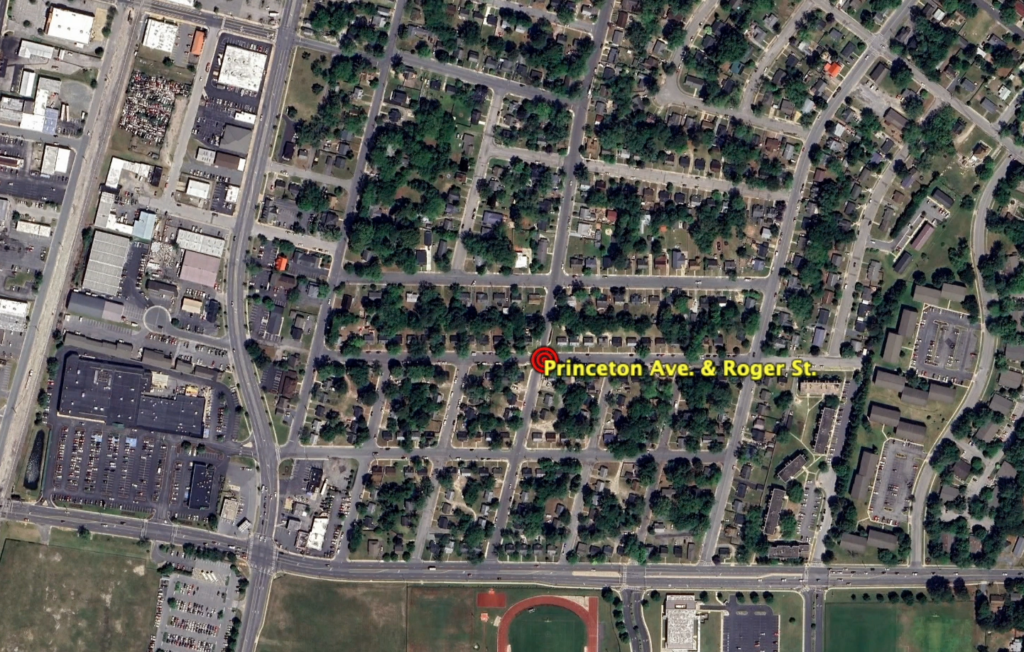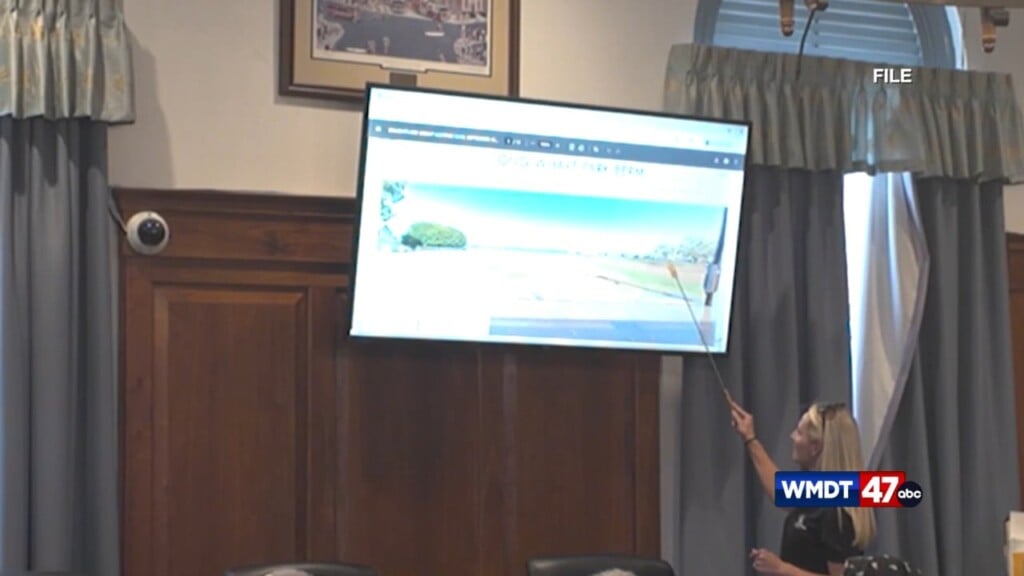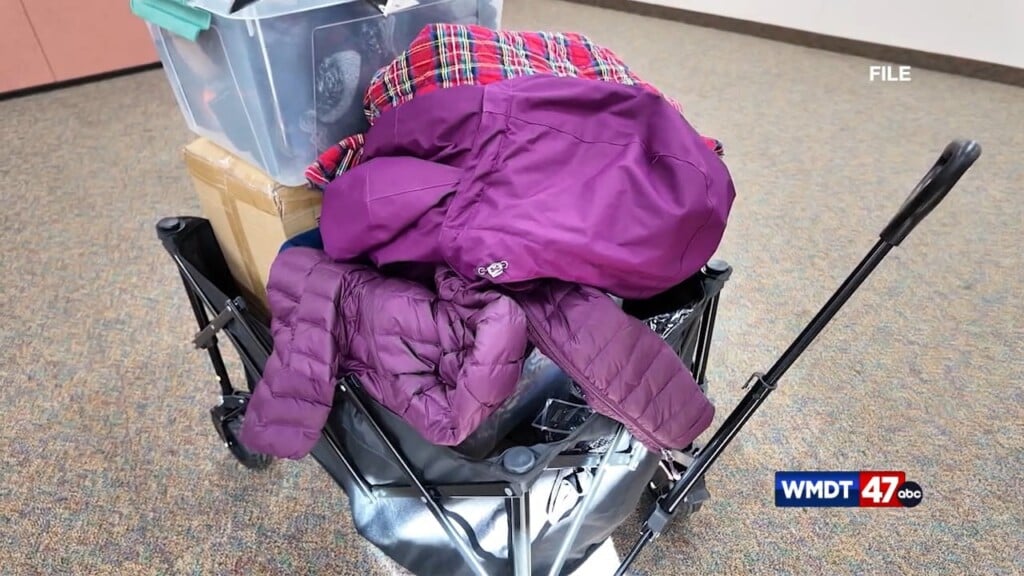Recent SCOTUS ruling could impact protections for local waterways
MARYLAND – A recent Supreme Court (SOCTUS) ruling could have major impacts on our local waterways.
SCOTUS Ruling Could Impact Local Waterways
On May 25th, SCOTUS justices made their decision in the case of Sackett v. EPA. Wetlands are only protected by the Clean Water Act under very specific circumstances; when they have a “continuous surface connection” with a permanent body of water. In other words, smaller wetlands and non-permanent streams would be left without oversight from the federal government.
“The Clean Water Act is one of our nation’s bedrock environmental laws, providing protection to all of the waters of the United States, including navigable waterways, like the Chesapeake Bay and its rivers and tributaries,” said Chesapeake Bay Foundation (CBF) Maryland Executive Director, Allison Colden.
Protecting a Unique Habitat
This is a big deal, specifically, on the Eastern Shore of Maryland. Colden says that’s because of the state’s proximity to the Chesapeake Bay. In addition to that, Colden says the area is home to what are called Delmarva Bays.
“We’re really concerned about some of the intermittent streams, these Delmarva Bays, and other, smaller wetland habitats that may not have a direct overlay and connection to navigable waterways,” said Colden. “Intermittent streams and [these] wetlands, which dry up from time to time, or seasonally, would no longer be protected as they currently are.”
Those waterways may not always be visible. However, Colden says they play a crucial role in protecting the Chesapeake Bay, and those who call it home; they’re some of the most productive habitats in the Chesapeake Bay region, she says.
“They’re providing habitat for fish, crabs, birds, and a lot of these species are really important species not only to the ecosystem, but also to the economy of Maryland,” said Colden. “They support our seafood industry, and our local watermen. They’re critically important to removing pollutants [like nitrogen and phosphorous] and sediment, which are washing off of the land, into the Chesapeake Bay, and impacting the Chesapeake Bay’s water quality… They help prevent floods from moving out into areas where people are living.”
Different States, Different Laws
What makes navigating this ruling tricky, say environmental leaders, is the fact that different states have varying levels of stringency in their respective laws that protect waterways.
“We’re fortunate in Maryland. We have a comprehensive set of state regulations, and state statutes that protect our waterways and protect our wetlands,” said Maryland Department of Environment (MDE) Director of Water and Science Administration, Lee Currey. “Maryland is a downstream state. So, we also are dependent on upstream states having similar protections in place, and enforcing those protections that are in place. As a concern to us, any narrowing of the definition of waters of the US, or lowering of the federal floor for waters of the US, can have an impact on downstream states like ourselves.”
Looking Ahead
Colden says watching what other states are doing will be crucial in the effort to keep Maryland’s waterways healthy.
“The ruling in the Supreme Court case may not have as big of an impact in Maryland, as it may have on other states in the Chesapeake Bay watershed, like Delaware and West Virginia, which adopted those federal regulations and laws as their state rules,” said Colden. “Maryland taxpayers and Maryland state government are going to have to contend with any additional nitrogen, sediment, and phosphorous pollution that is coming down into the Bay, as a part of impacts to those wetlands.”
Currey says the MDE is already working on that; taking a closer look at how the ruling will work, trying to identify any gaps that exist in Maryland’s waterway protection laws, and partnering with the federal government and Army Corps of Engineers to find out how other states govern waterway protection.
“We’ve got quite a bit of work to do on our plate right now, as a result of this,” said Currey.


